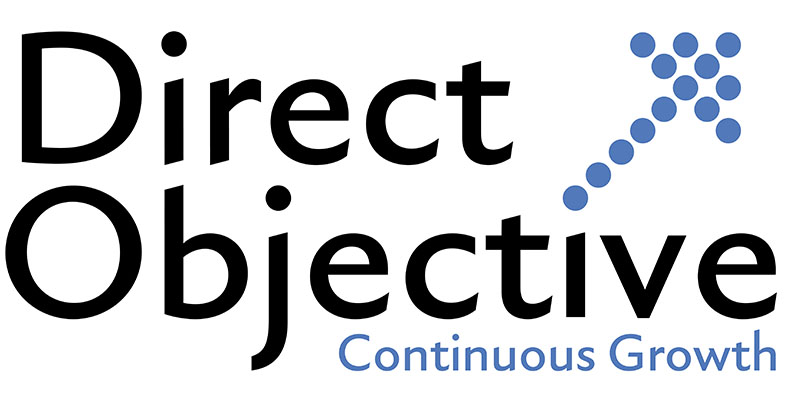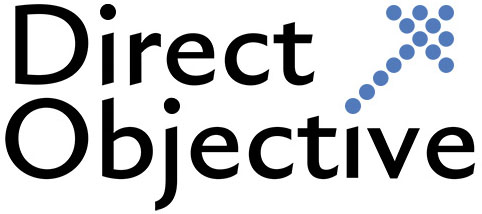Reaching B2B decision-makers has always been a challenge, but in today’s world, it’s becoming more difficult. Why?
The rules of the game have changed: buyers are now more independent, less reliant on salespeople, and more influenced by experts & peer reviews. Traditional methods like sales calls, non-personalized mass emails, or generic webinars aren’t making the cut anymore. Without a clearly defined approach, even the most sophisticated campaign falls flat.
Here’s what’s making it so hard, and how you can fix that.
One of the most important shifts in B2B sales is the rise of self-directed buying. Today, approximately 70% of the B2B buying processtakes place before a prospect ever talks to a sales rep. This means buyers are gathering information independently by reading blogs, watching webinars, talking to peers, and checking reviews, long before they show up in your pipeline. Gone are the days when cold outreach alone could fill a pipeline. Today’s decision-makers are bombarded with cold emails, irrelevant ads, and one-size-fits-all webinars. These methods now lead to low engagement rates and high amounts of wasted resources. Many campaigns see poor ROI simply because they’re not built around the way modern buyers prefer to engage. We live in an age of digital overload. Most B2B buyers receive dozens, if not more, of sales and marketing messages each day. This flood of generic, undifferentiated outreach creates message fatigue, and unless your communication offers something highly relevant, personalized, and immediately valuable, it will be ignored. Today’s buyers don’t want a product pushed on them: they want solutions to their specific problems. That’s why they’ll only engage if they believe you can deliver that. Buyers are also researching multiple solutions at once, often without the vendor’s knowledge. If your company isn’t part of that early discovery process and if your content isn’t visible and helpful, you’re out of the loop before the first interaction even happens. Even when you do manage to get on a prospect’s radar, you’re not just speaking to one person. Buying committees are larger and more cross-functional than ever, and each stakeholder has different priorities, influence, and preferences for consuming information. To make things even more complex, these stakeholders often rely heavily onthird-party influencers, peer recommendations, and digital research. Gaining trust and consensus across a group of hidden or anonymous buyers requires not only a good pitch, but also insightful information, personalization, and a consistent message. Here are several proven approaches that leading B2B organizations are using to cut through the noise and build real engagement with decision-makers. Before crafting a campaign or sales strategy, start by defining your Ideal Customer Profile (ICP) or market segmentationto develop a deeper understanding of your audience: their roles, challenges, and influence in the sales process. Intent data allows you to see which companies are actively researching topics or products related to your offering. Using tools like Bombora, G2, or 6sense, you can identify high-intent accounts and prioritize them in your outreach. Pair this with Account-Based Marketing (ABM)to orchestrate personalized messaging across key accounts. ABM isn’t just about targeting a company, but also aligning your sales and marketing strategy to engage every relevant stakeholder within that company with precision and relevance. Measuring the engagement levels across stakeholders/personas within the same organization (account) would provide you with signals regarding the effectiveness of your campaigns. If you want to be heard, go where your buyers are already listening. This visibility and engagement build familiarity and trust, long before the initial formal conversation with the salesperson. Effective engagement today doesn’t happen in a single channel or touchpoint. It’s the result of a well-orchestrated, multichannel experience that builds trust over time. Today’s marketing and sales tech stacks offer powerful tools to personalize at scale. The goal isn’t automation for its own sake, but to enhance the human touchwith timely, meaningful engagement. Finally, remember that even in complex B2B deals, buyers are still human. What resonates most is authenticity, empathy, and usefulness. Today’s B2B decision-makers are hard to reach, not because they don’t want to engage, but because they only want to engage if it is done in an acceptable way or when it’s worthwhile for them. Why It’s Tougher Than Ever to Engage B2B Decision-Makers Today
What once felt like a straightforward process now requires more strategy, patience, and precision, and the challenges aren’t always obvious. Here are the most important ones:
1. Self-Directed Buying Behaviour

2. Declining Effectiveness of Traditional Channels
3. Message Saturation and Digital Fatigue

4. Large Complex Committees
Strategies to Engage B2B Decision-Makers More Effectively
1. Start with Customer-Led Discovery2. Embrace Intent-Based Marketing and ABM

3. Be Where Decision-Makers Go for Advice
4. Adopt a Multichannel, Content-Led Approach
5. Use Technology to Scale Personalization

6. Build Relationships Through Authenticity and Value
The key to success isn’t louder messaging or more outreach. It’s a deeper insight, clearer value, and authentic connection. By focusing on the buyer’s journey, personalizing every touchpoint, and building trust across multiple channels, you can cut through the noise and start building real relationships with the people who matter most.












